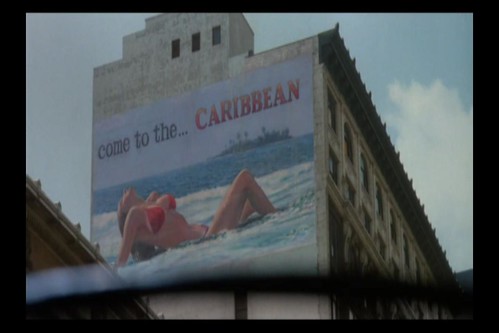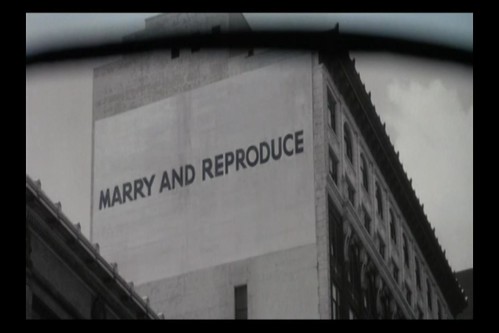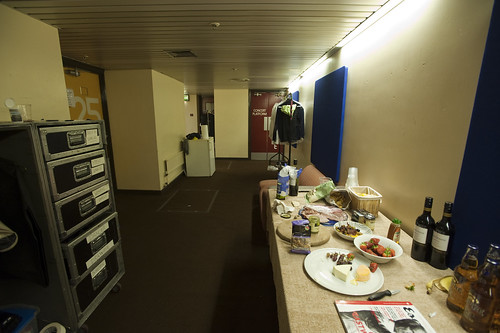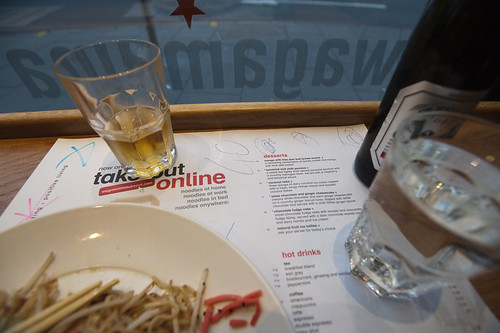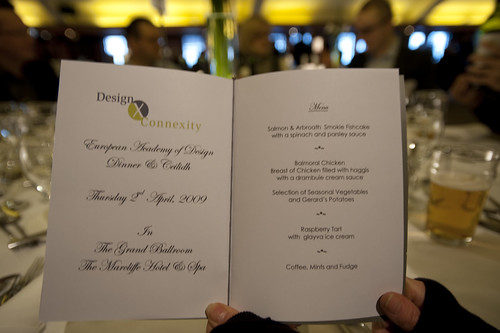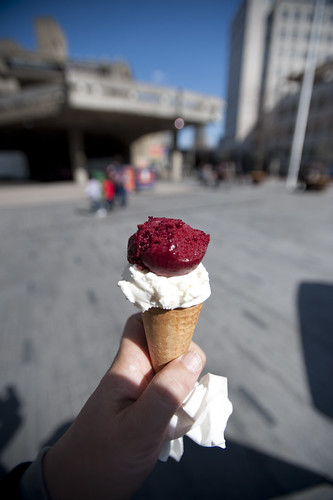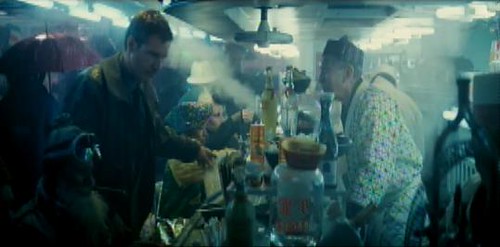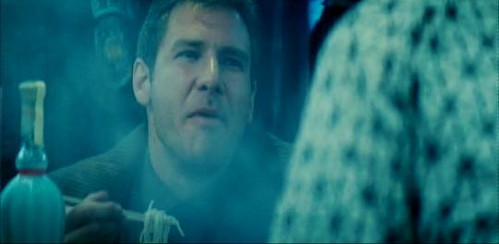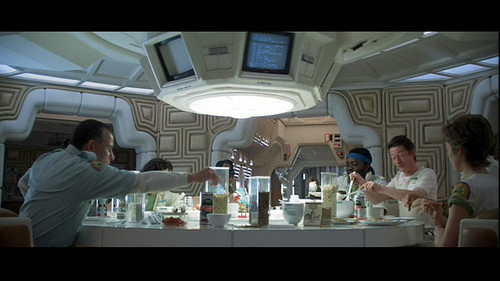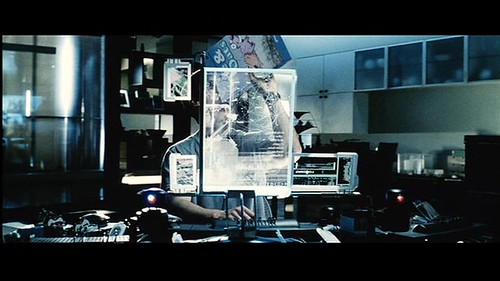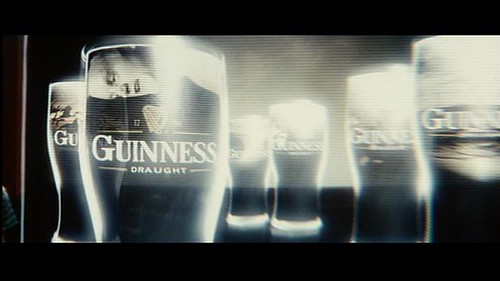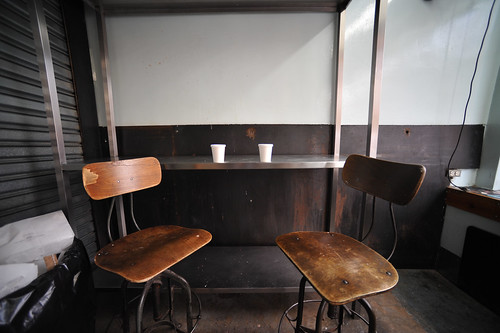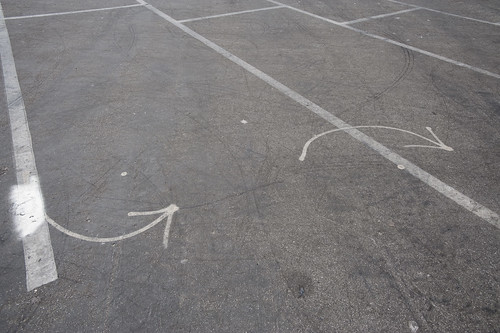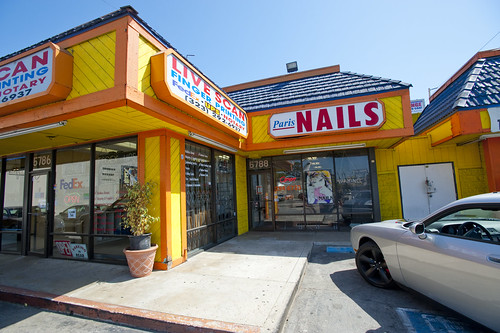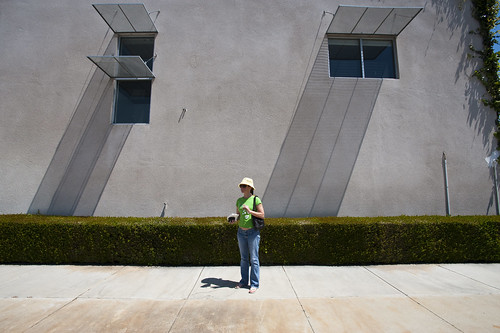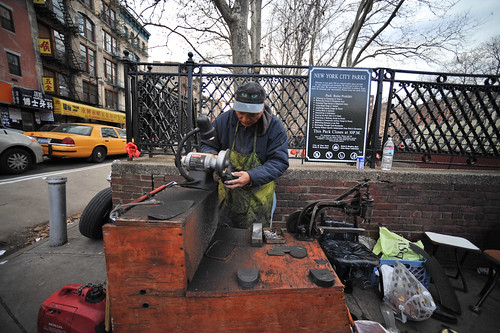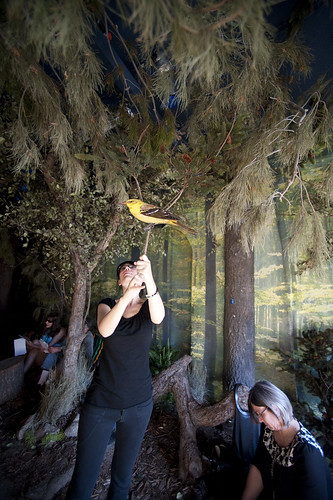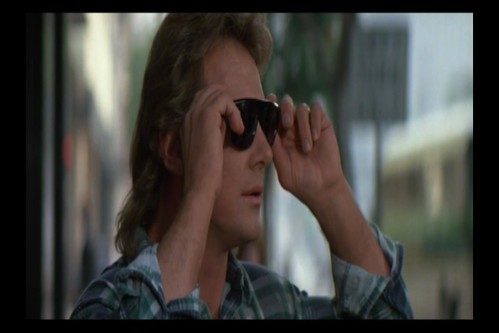
Well, the recent round of chit-chat about augmented realities and their current canonical motivations, design prototyping and concepts has leveled-up in my own mind. On the 12th floor of the Laboratory complex, we’ve decided to fill up the vacant cubicles and set up some bits of kit, post-it notes, fiducial-filled sheets of paper, and set up our new Bureau of Inquests Into Reality Augmentation & Alteration.
It’s early days, but we’ve found one near past design fiction of a possible augmented reality prototype in John Carpenter’s camp-fantastico film They Live. If you haven’t seen it, you know nothing about Augmented Reality. I’m so serious about that, my hands are shaking. A few years ago, when I was teaching a lecture class that ran four hours and was about as painful as you could imagine to prepare, until I realized it was four hours because it was a film class that was meant to show films – I had They Live pulled from the vaults or whatever for a viewing. I was really surprised that only one or two students had ever seen this film. It’s not superb as a film, but it is superb enough to have a cult status and to be evocative of the things college kids get into if their on the left side of the fence – Naomi Klein-Noam Chomsky-Barbra Krueger style stuff. Good 70s media theory McLuhan-y things. Plus, you get an excruciatingly long, wrestle-y, award winning fist fight featuring Rowdy Roddy Piper.
“They Live” in my mind is the canonical, defining vision of what any sort of Augmented Reality should start with. Sort of presenting an “anti” world — the world made strange so that we see it in a different way. Reconstructed. No Pink Pony scenarios or anything that makes the engineer-accountants get eager, sweaty palms. Weird stuff to invert things and better see the alternative possibilities beyond way-finding, tour-guiding, and informatic overlays of measured data. Something like Julian Oliver’s “Artvertiser” concepts for a reality altering set of binoculars that turns public advertising displays into canvas’ for public art, if you so desire. That is, transforming the landscape with user-generated content or new “preferences” to the world. These worlds that you see in the worst of prototypes – with hideous post-its floating all around the world or something. Pop-ups and arrows pointing out the names of buildings and stuff like that? That, I predict, will be the epic fail of reality augmentation.
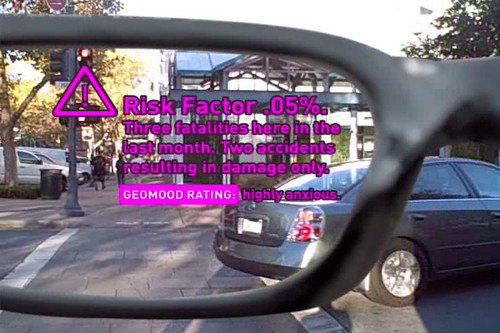
Check out They Live.
Why do I blog this? A strong, avuncular urge to think about other possible augmentations of reality and an allergic reaction to the ways engineer-accountant led designed things turn out.
But wait..there’s always more…this video, found by pheezy on the Twitter and created by Anatoly Zenkov (wow..), is another useful instance of a proper AR experience. I mean..one that makes a lot more sense in that it exhibits the kinds of reality I’ve come to know and love and appreciate and understand from first principles.
Me too (doing some AR stuff)! from Anatoly Zenkov on Vimeo.
…and even more, more..this thing has come in from the Bureau’s phalanx of data scouring agents..an AR-y miniature house maid, done in the fine, Japanese style of Lolita Maid-o!
